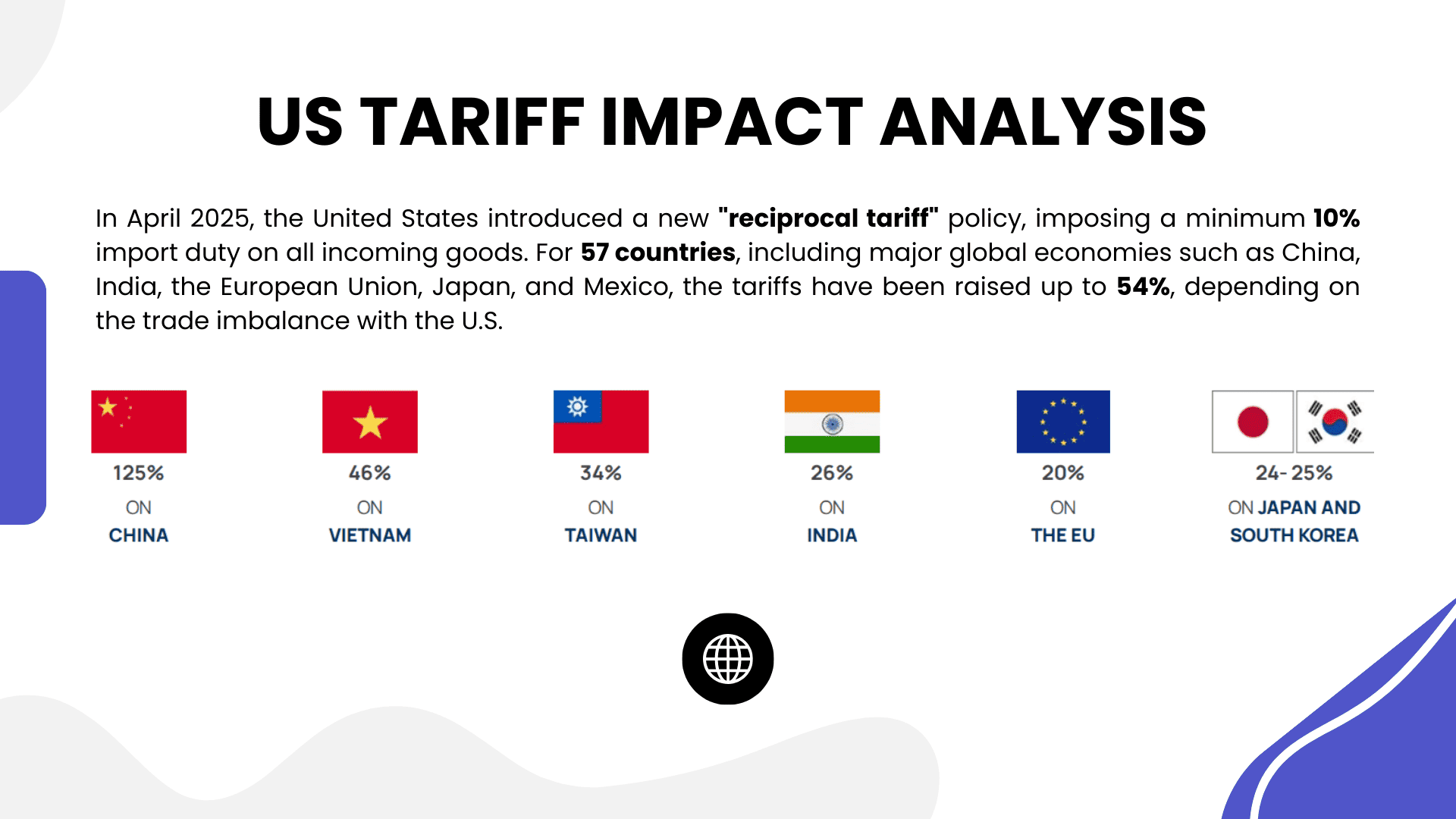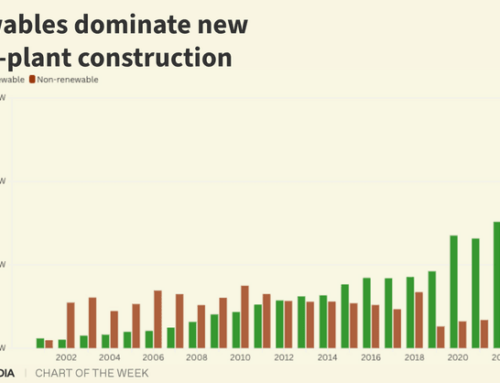Impact Investing Market Experiencing Growth at 1,131.0 Bn
May 2, 2025
Table of Contents
The global impact investing market is experiencing significant growth, projected to expand from USD 377 billion in 2024 to USD 1,131.0 billion by 2034, reflecting a robust CAGR of 11.6%. North America leads this surge, accounting for over 38% of the market share in 2024, with the United States contributing USD 136.0 billion and anticipated to grow at a steady CAGR of 9.7% through 2034.
Healthcare emerges as the dominant sector, attracting 24% of investments, underscoring a heightened investor focus on accessible and quality medical services. Institutional investors dominate the landscape, comprising 63% of capital flow, indicating a strong commitment to sustainable and responsible portfolios.

The imposition of U.S. tariffs has introduced complexities into the impact investing landscape. Tariffs have led to increased costs across various sectors, notably in healthcare. Where hospital and health system expenses are expected to rise by 15%, and pharmaceutical costs by at least 10% due to higher import expenses. These increased costs can strain the financial viability of impact investments, particularly those focused on affordable healthcare and essential services.
➤➤➤ Discover how our research uncovers business opportunities @ https://market.us/report/impact-investing-market/free-sample/
Furthermore, the uncertainty surrounding trade policies may deter institutional investors, who are pivotal in the impact investing market, from committing capital to projects susceptible to tariff-induced cost fluctuations. This environment necessitates a cautious approach, with investors needing to reassess risk profiles and potential returns in light of the evolving trade landscape.

- Inflationary Pressures: Tariffs contribute to higher consumer prices, potentially reducing disposable income and affecting investment returns.
- Investment Uncertainty: Unpredictable trade policies may lead to deferred investment decisions, impacting the flow of capital into impact projects.
- Operational Costs: Increased import costs can elevate operational expenses for impact-driven enterprises, affecting their sustainability.
- North America: As the largest market, North America faces significant exposure to tariff-induced cost increases, particularly in the healthcare and manufacturing sectors.
- Emerging Markets: Tariffs may shift investment focus towards emerging markets with favorable trade conditions, altering the geographical distribution of impact investments.
- Global Supply Chains: Disruptions in global supply chains due to tariffs can affect the implementation and success of impact projects worldwide.
- Strategic Reassessment: Businesses may need to reevaluate supply chains and sourcing strategies to mitigate tariff impacts.
- Cost Management: Increased costs necessitate enhanced financial planning and cost-control measures to maintain project viability.
- Investor Relations: Transparency regarding tariff impacts becomes crucial in maintaining investor confidence and securing funding.
- U.S. tariffs are leading to increased costs in critical sectors, notably healthcare, affecting the financial dynamics of impact investments.
- The resultant economic uncertainty may cause investors to reassess risk, potentially slowing capital flow into impact projects.
- Geographical shifts in investment focus may occur, favoring regions with stable trade environments.
- Businesses engaged in impact investing must adapt strategies to navigate the challenges posed by tariffs.
➤➤➤ Buy Now @ https://market.us/purchase-report/?report_id=147321
Despite the challenges introduced by U.S. tariffs, the long-term outlook for the impact investing market remains positive. The growing global emphasis on sustainable and socially responsible investments continues to drive interest and capital into the sector. Investors are increasingly recognizing the importance of aligning financial returns with social and environmental impact.
While tariffs introduce short-term complexities, they also present an opportunity for the market to innovate and adapt, potentially leading to more resilient and diversified investment strategies. In the future, the impact investing market is expected to continue its upward trajectory, supported by strong investor commitment and evolving market dynamics.
North America, particularly the United States, holds a significant share of the impact investing market, driven by robust institutional investor activity and a strong focus on healthcare and technology sectors. Europe follows closely, with a well-established framework supporting sustainable investments.
Asia-Pacific is emerging as a promising region, with increasing awareness and governmental support for impact initiatives. Latin America and Africa, while currently holding smaller market shares, present substantial growth potential due to unmet social needs and increasing investor interest in frontier markets.
➤ Discover More Latest Research
The evolving landscape presents several business opportunities within the impact investing market. Healthcare remains a critical sector, with investments aimed at improving access and affordability. Renewable energy projects are gaining traction, supported by global initiatives to combat climate change.
Affordable housing and education are also key areas attracting investment, addressing fundamental social challenges. Technological innovations offer new avenues for impact, enabling scalable solutions in various sectors. Businesses that can effectively align profitability with social impact are well-positioned to attract investment and drive meaningful change.
- By Sector: Healthcare, Renewable Energy, Education, Affordable Housing, Agriculture.
- By Investor Type: Institutional Investors, High-Net-Worth Individuals, Development Finance Institutions, Retail Investors.
- By Region: North America, Europe, Asia-Pacific, Latin America, Middle East & Africa.
- By Investment Instrument: Equity, Debt, Real Assets, Venture Capital.
The impact investing market comprises a diverse array of participants. Including institutional investors, private equity firms, venture capitalists, and development finance institutions. These entities are increasingly integrating environmental, social, and governance (ESG) criteria into their investment decisions.
Collaborations between public and private sectors are also becoming more prevalent, fostering innovative financing models and expanding the reach of impact investments. The competitive landscape is characterized by a focus on measurable outcomes, transparency, and long-term value creation.
- Reinvestment fund
- Leapfrog investments
- Bridges Fund Management Ltd.
- Bain capital
- Blueorchard finance ltd
- Manulife Investment Management
- Omidyar network
- Vital Capital
- Morgan Stanley
- Others
Recent policy shifts, including the implementation of tariffs, have prompted impact investors to reassess strategies, emphasizing the importance of risk mitigation and adaptability. Technological advancements and increased data availability are enhancing the ability to measure and report on impact, strengthening investor confidence and accountability.
The impact investing market is poised for continued growth, driven by a global commitment to addressing social and environmental challenges through sustainable investment practices. While U.S. tariffs introduce certain complexities, the market’s resilience and adaptability position it to navigate these challenges effectively.
Stakeholders who proactively address risks and align strategies with evolving market dynamics will be well-equipped to capitalize on emerging opportunities and contribute to meaningful societal impact.
Discuss your needs with our analyst
Please share your requirements with more details so our analyst can check if they can solve your problem(s)

Search
RECENT PRESS RELEASES
Related Post



